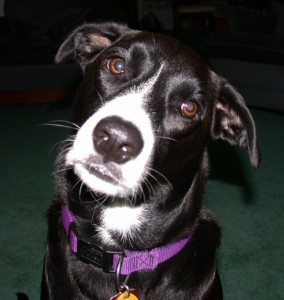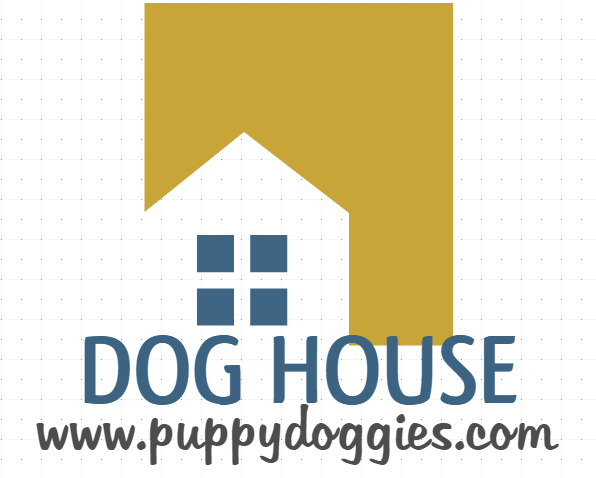My dog Chloe has megaesophagus. She has had it a few years. We are coping with it, but it takes some effort.

What is megaesophagus? Basically muscles of the esophagus lose their tone and are no longer able propel food into the stomach. So the food stays in the esophagus. Chloe has two areas of her esophagus that have enlarged, if we are not careful the food kind of sits in these areas, and does not move into her stomach. Then a little while later she will vomit all the food back up.
How was she diagnosed? It was very strange. She was fine one day and then the next day I took her to get groomed. When she came home she had her dinner and then about 10 minutes later vomited. Not normal vomiting, almost like the food just ‘poured’ back out. It was strange looking, had a mucus sort of coating over the food, and the food looked like it does in the bowl, but slightly chewed. I thought that maybe she was nervous from the grooming, so I wasnt too concerned. Next morning, same thing. And then she acted like she was starving. Typically if she has an upset tummy she wont want to eat – so I decided to go to the vet.
How do they diagnose megaesophagus? They kept her a couple hours. They took some xrays, and then wanted to watch her eat. They were pretty confident that she had megaesophagus. It is common in certain breeds. German Shepherds, Great Danes, Newfoundlands, & Labs, which is what Chloe is. Normally it just arrives out of the blue. They told us that it doesn’t mean anything else is wrong, but she would be at risk for pneumonia, so they checked her for that.
Treatment for megaesophagus? The most helpful thing is to feed the dogs from an elevated bowl. We bought both dogs an elevated stand for their food bowls. This makes for a more direct path from mouth to stomach. When a dog is hunched over eating from the floor gravity is working against them. They wanted us to use a bailey chair, or step stool so she has her head above her body, but we found that to be too difficult for her. Our current stands work well. The other thing that you need to do is get them to stay standing after eating so the food can move into the stomach. We would have her walk around with us for 10-15 minutes after each meal. This helped a ton! Now she kind of walks herself around. I think she understands that it helps. There are antacids and a couple other medicines that help with the discomfort, but we didn’t see a difference with them, so I chose not to medicate her. I didn’t think it was helping or hurting – so why?
Other tips:
- No bones or treats that are big, or that she will lay down to eat. I found small little treats that she can quickly eat and digest.
- I also make her some great pumpkin oat gluten free treats.
- Feed small amounts of food. Chloe is a snacker so this is not a problem for her, she only eats a little bit at a time. She has always been like that.
- Bland diet if your dog is really having trouble. Periodically I have to revert to the bland diet. Boiled chicken – no spices! and rice. Or babyfood and rice. Small amounts several times a day.
- You can add pumpkin to dry food, pumpkin is good for dog tummies. Not pumpkin pie filling, only give them pure pumpkin.
So its possible for your dog to live a normal, happy life with megaesophagus, but it takes a little work & planning site link. But doggies health and happiness are definitely worth it!



